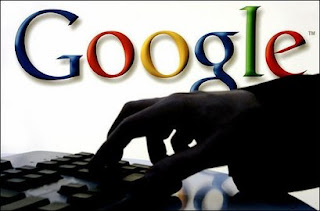 At least some of us believe that mobile broadband someday will be as prevalent as mobile voice now is. Where broadband once was a service delivered to "places," it will be delivered to "people."
At least some of us believe that mobile broadband someday will be as prevalent as mobile voice now is. Where broadband once was a service delivered to "places," it will be delivered to "people."The immediate issue, though, might be whether at least some users will decide to substitute mobile broadband for fixed broadband.
That, at least, is a possibility as the number of lower-income 3G Apple iPhone users increases.
Ownership of the 3G iPhone rose 48 percent from June 1 to the end of August among households earning between $25,000 and $50,000 a year, compared to 21 percent overall.
Since iPhone ownership disproportionately has been concentrated among higher-income households, the shift might suggest that users are making rational decisions about value and price. If a 3G iPhone provides mobile music, voice, email and Internet access, then the cost of using it is balanced by cost savings from avoided landline voice and broadband spending.
Ultimately, personal broadband might mean some amount of cannibalization of fixed broadband. And we might be seeing just that at work, among 3G iPhone users.




